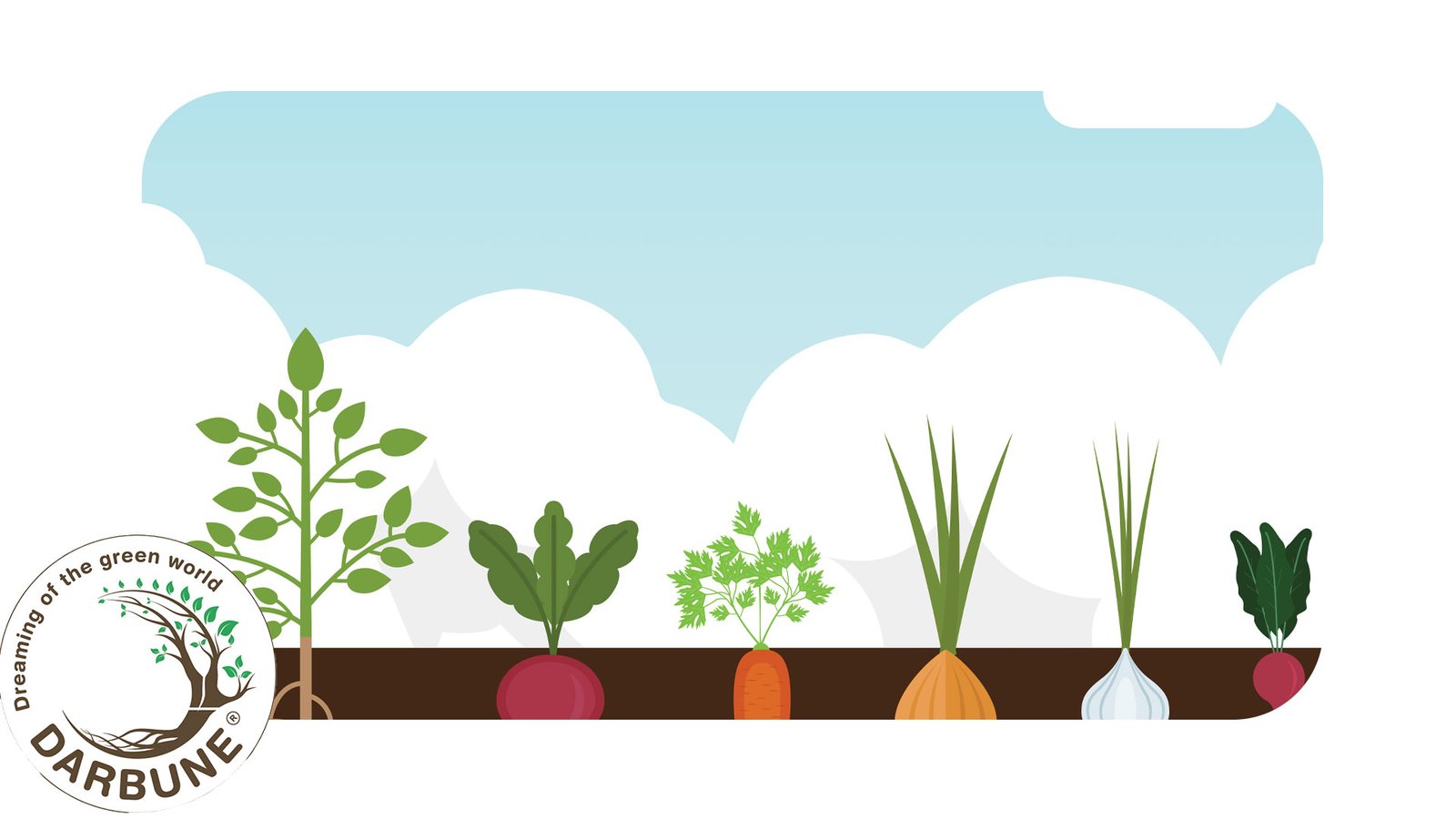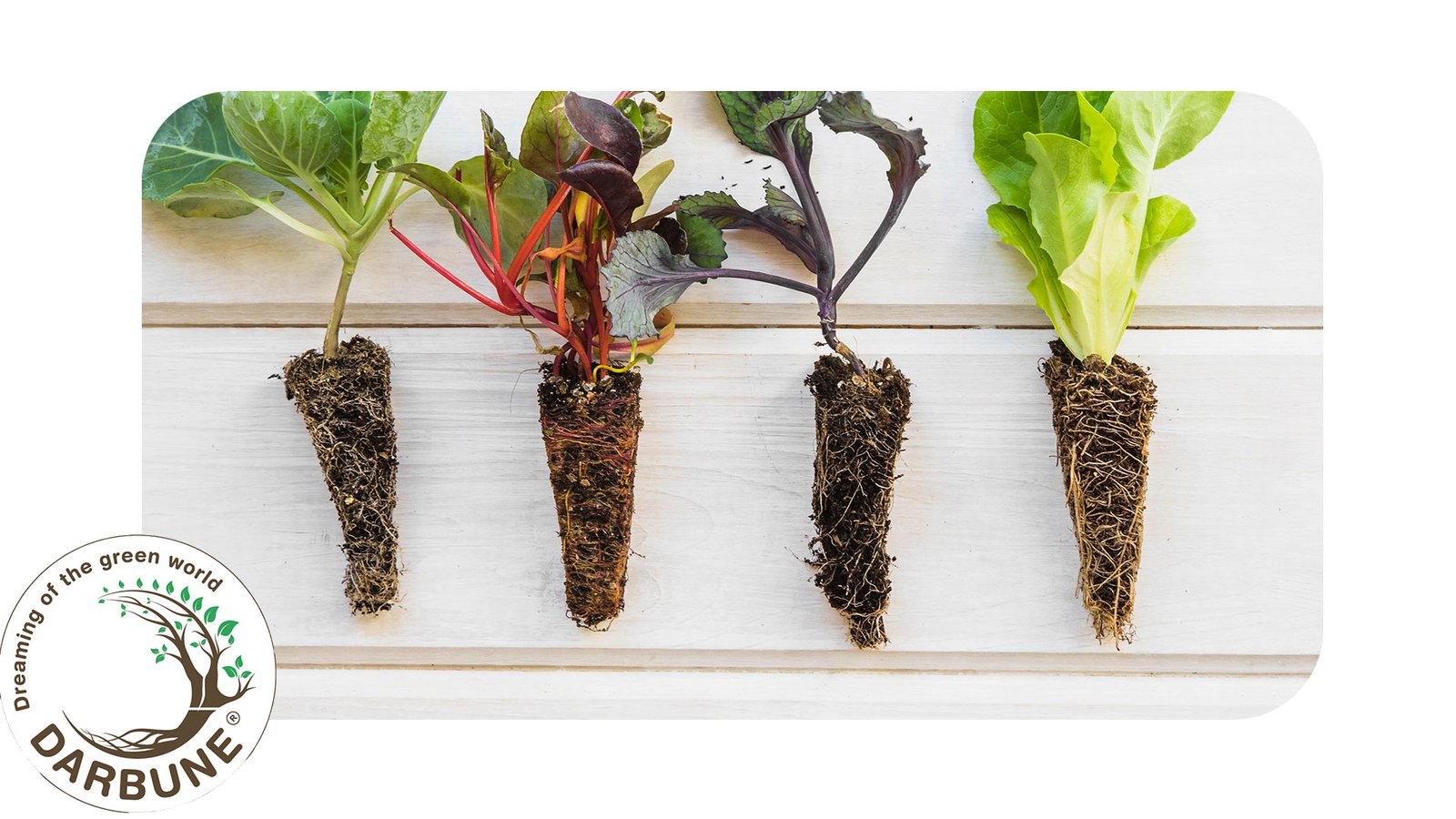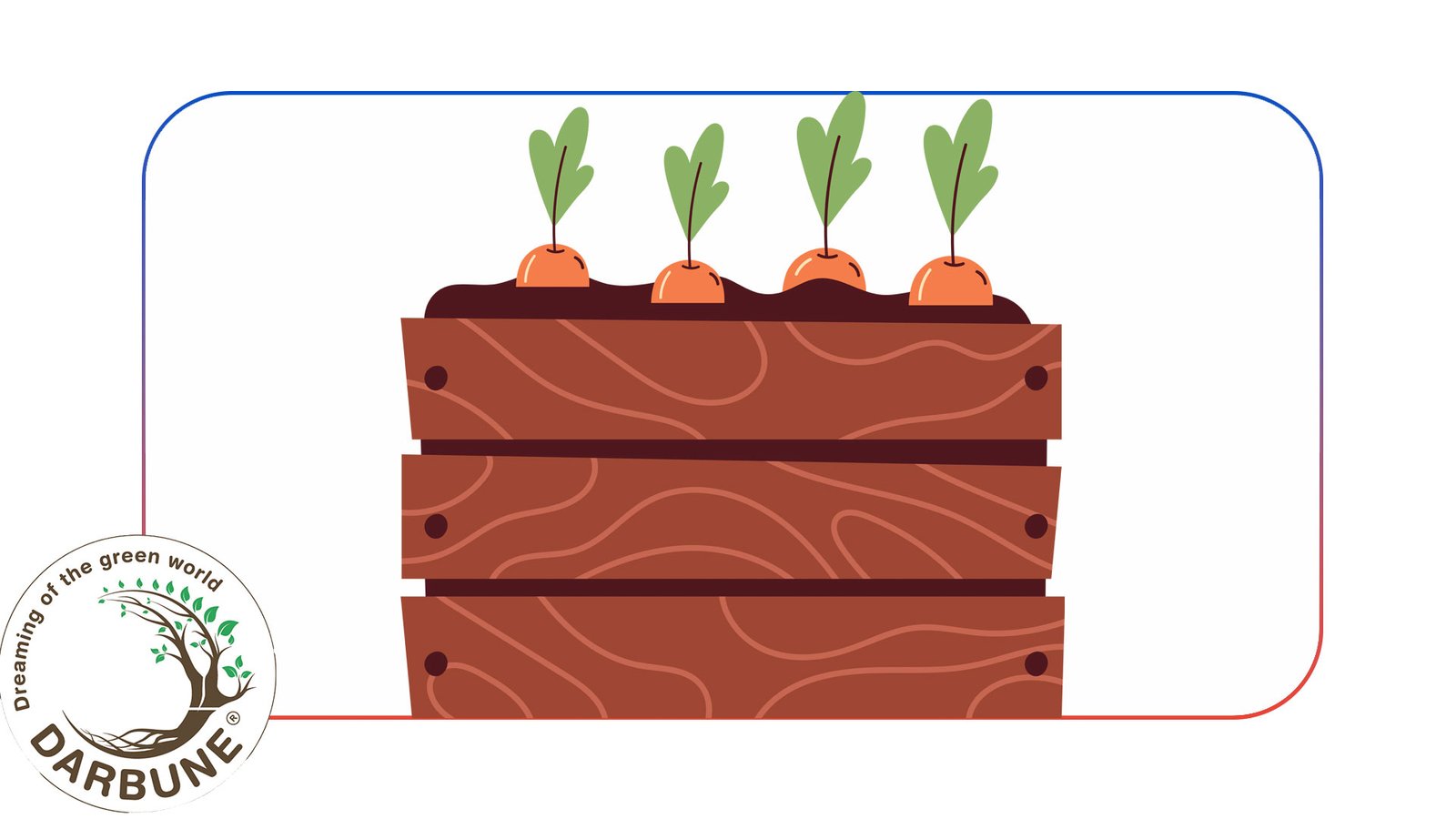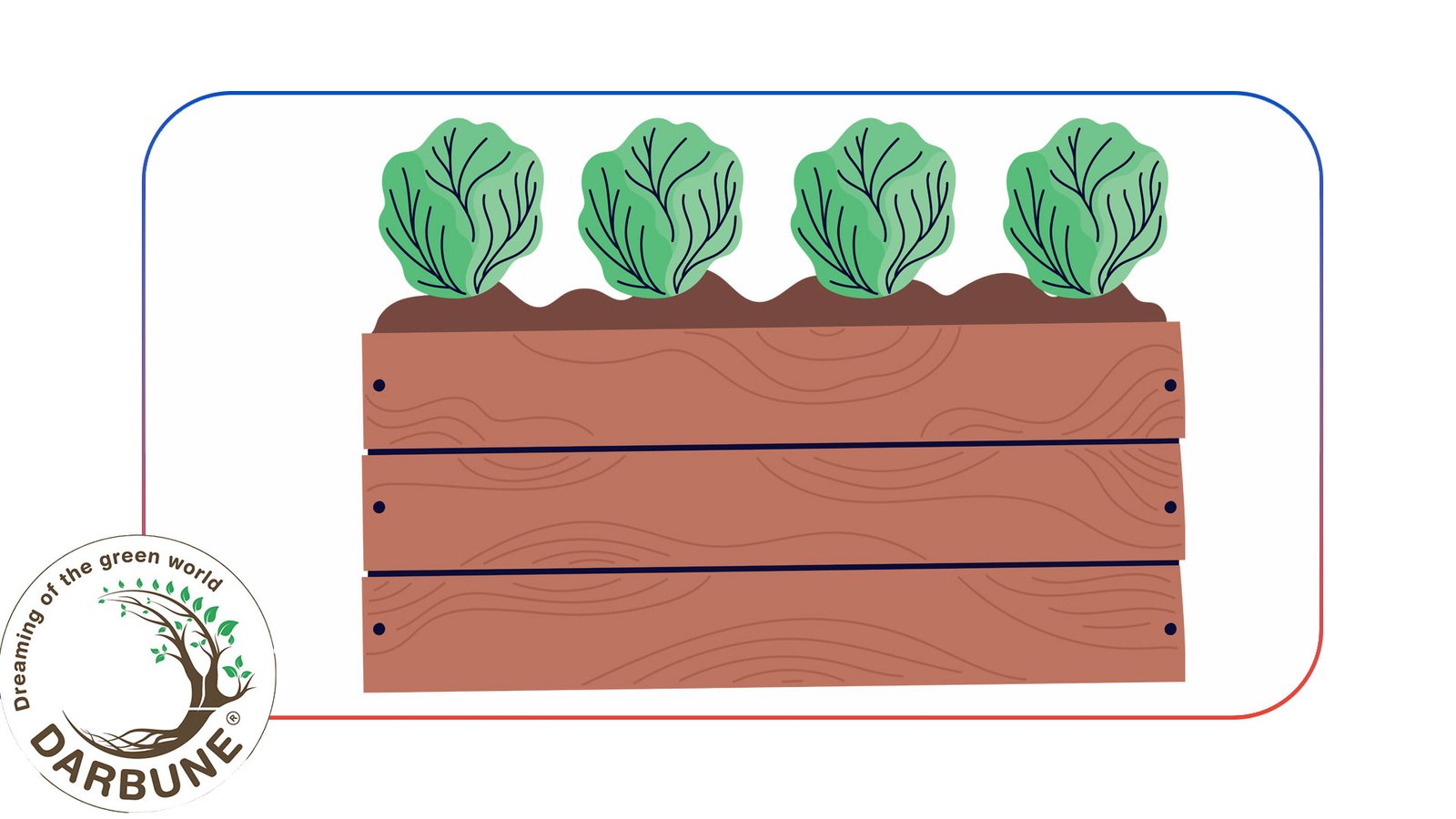Growing vegetables at home without soil is an innovative and efficient way to cultivate fresh produce, even in limited spaces. With the rise of hydroponics, aeroponics, and other soilless farming techniques, urban dwellers and gardening enthusiasts can now embrace indoor farming to grow nutritious vegetables indoors or on small balconies. This method not only conserves water but also eliminates soil-borne diseases and pests, making it an eco-friendly alternative.
In this article, we will explore different soilless gardening techniques, step-by-step guides for setting up your own system, and the best vegetables to grow without soil. Whether you’re a beginner or an experienced gardener, this guide will help you start your own home-grown vegetable journey.

Benefits of Growing Vegetables Without Soil
Growing vegetables without soil comes with multiple advantages, including:
- Space Efficiency: Ideal for apartments, small gardens, and urban environments.
- Water Conservation: Uses up to 90% less water than traditional soil-based farming.
- Faster Growth Rates: Plants receive direct nutrients, leading to faster and healthier growth.
- Fewer Pests and Diseases: Eliminates many soil-borne pathogens and reduces pesticide use.
- Year-Round Harvesting: Enables continuous production regardless of the season.
Different Methods of Growing Vegetables Without Soil
1. Hydroponics
Hydroponics is one of the most popular methods for growing plants without soil. Keep Indoor Plants Fresh and Green by ensuring they receive proper nutrients and care, which hydroponic systems can efficiently provide. It involves using a nutrient-rich water solution to feed plants directly. There are several types of hydroponic systems:
A. Deep Water Culture (DWC)
- Plants are suspended in a nutrient solution with roots submerged in oxygenated water.
- Ideal for leafy greens like lettuce and spinach.
- Requires an air pump to provide oxygen to plant roots.
B. Nutrient Film Technique (NFT)
- A thin stream of nutrient solution continuously flows over plant roots.
- Works well for small plants like herbs and strawberries.
- Requires a slight slope to facilitate nutrient circulation.
C. Ebb and Flow (Flood and Drain)
- A container periodically floods plant roots with a nutrient solution and then drains back into a reservoir.
- Suitable for tomatoes, peppers, and cucumbers.
- Automatable using timers and pumps.
2. Aeroponics
Aeroponics involves suspending plant roots in the air and misting them with a nutrient-rich solution. How to Start an Indoor Farm in a Small Apartment Without Sunlight is a crucial consideration for those with limited natural light access, and aeroponics can be an effective solution. This method provides optimal oxygenation, leading to rapid growth.
Advantages of Aeroponics:
- Uses 95% less water compared to soil-based farming.
- Faster nutrient absorption and plant growth.
- Ideal for high-yield crops like lettuce, basil, and strawberries.
3. Aquaponics

Aquaponics combines hydroponics with fish farming. Fish waste provides natural nutrients for plants, while plants filter and clean the water for fish.
Best Plants for Aquaponics:
- Leafy greens (lettuce, spinach, kale)
- Herbs (basil, mint, parsley)
- Fruiting plants (tomatoes, cucumbers, peppers)
4. Growing Vegetables in Containers with Alternative Mediums
Instead of soil, vegetables can be grown in materials like:
- Coconut coir: Excellent water retention and aeration.
- Perlite and vermiculite: Provide drainage and aeration.
- Rock wool: Holds moisture and nutrients effectively.
- Expanded clay pellets: Common in hydroponic setups for root support.
Step-by-Step Guide to Setting Up a Hydroponic System

- Choose a Hydroponic System: Select DWC, NFT, or another method based on space and budget.
- Gather Materials:
- Reservoir (water container)
- Air pump and air stones
- Net pots
- Nutrient solution
- Grow lights (if indoors)
- Set Up the System:
- Assemble the system ensuring proper water circulation.
- Place plants in net pots with a growing medium.
- Monitor and Maintain:
- Check pH levels (5.5-6.5 is optimal for most vegetables).
- Change nutrient solution regularly.
- Ensure adequate lighting and aeration.
Best Vegetables to Grow Without Soil

- Leafy Greens: Lettuce, spinach, kale, Swiss chard.
- Herbs: Basil, mint, cilantro, parsley.
- Fruiting Vegetables: Tomatoes, cucumbers, peppers.
- Root Vegetables: Carrots and radishes (in aeroponic setups).
Conclusion
Growing vegetables at home without soil is a sustainable, space-saving, and efficient method for cultivating fresh produce. What is Hydroponic Farming? It is a technique that allows plants to grow without soil by using nutrient-rich water solutions. With hydroponics, aeroponics, and aquaponics, anyone can enjoy homegrown vegetables year-round. By selecting the right system and following proper maintenance, you can reap the benefits of fresh, pesticide-free vegetables. Moreover, when we Define Climate Change and its impact on agriculture, adopting soilless farming methods becomes even more critical for food security and sustainability.
Frequently Asked Questions (FAQ)
1. Is growing vegetables without soil expensive?
Initially, setting up a hydroponic or aeroponic system may require investment, but long-term costs are lower due to reduced water usage and faster growth cycles.
2. Do soilless plants need special nutrients?
Yes, plants require hydroponic nutrient solutions containing essential minerals like nitrogen, phosphorus, and potassium.
3. Can I grow vegetables indoors without sunlight?
Yes, LED grow lights can replace natural sunlight and provide optimal light for plant growth.
4. What is the easiest method for beginners?
Deep Water Culture (DWC) is one of the simplest and most cost-effective methods for beginners.
5. How often should I change the nutrient solution?
It is recommended to change the nutrient solution every two weeks to maintain optimal plant health.
By following this guide, you can successfully start growing vegetables at home without soil, ensuring fresh and healthy produce all year round!

